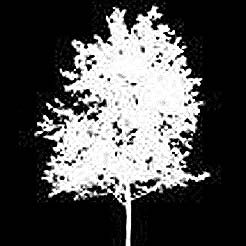Diversity in the Classroom Checklist
Children's Literature for Anti-Bias Education
Artwork for Anti-Bias Education
| "I think there’s a commitment to student empowerment. For example, in our cycle, just completing this June, our students were so astonished by the racism in this program among their colleagues, and that’s not a bad thing. They noticed the racism of the college and the reflection of racism in society and institutional racism at the Day of Absence and the Day of Presence two years ago. So, they developed a proposal, presented it to the faculty and said, “We want to do this. We want program time to do this,” and they did a fabulous job of putting together thoughtful proposals of doing study circles on race. |
A resource for educators committed to recognizing and challenging bias in the classroom, school system, and society.
 |
The MIT 2002-2004 Study Circles on Race arose from Day of Presence, Day of Absence activities that took place on The Evergreen State College campus. After participating in these events, several MIT students recognized the need for continued dialogue concerning issues of race and bias in society, in the school system, and in ourselves.
The format was inspired from Beverly Daniel Tatum's book, Why Are All the Black Kids Sitting Together in the Cafeteria? and was grounded in the belief that white colleagues needed a space for safe conversations in which to challenge the race bias in ourselves, without relying on the students of color to educate.
The resources and tools on this site have been collected by MIT 2004 students, as a result of our hard work, dedication, and commitment to becoming anti-bias educators. We hope it is useful for all those who believe in equitable education for every student.
Anti-Bias Learning Environment
Teacher Reflections
|
So, it was a wonderful student revolution, if you will. They took over parts of the program themselves, they designed it, created it, and took responsibility for it. They were thougtful in the welcoming nature of the work they designed. They invited all their colleagues to participate in very difficult conversations." -from an interview with Dr. Jan Kido, MIT faculty, May 2004 |